HotSpots H2O: Wildfire Threaten Cheyenne Water Supply
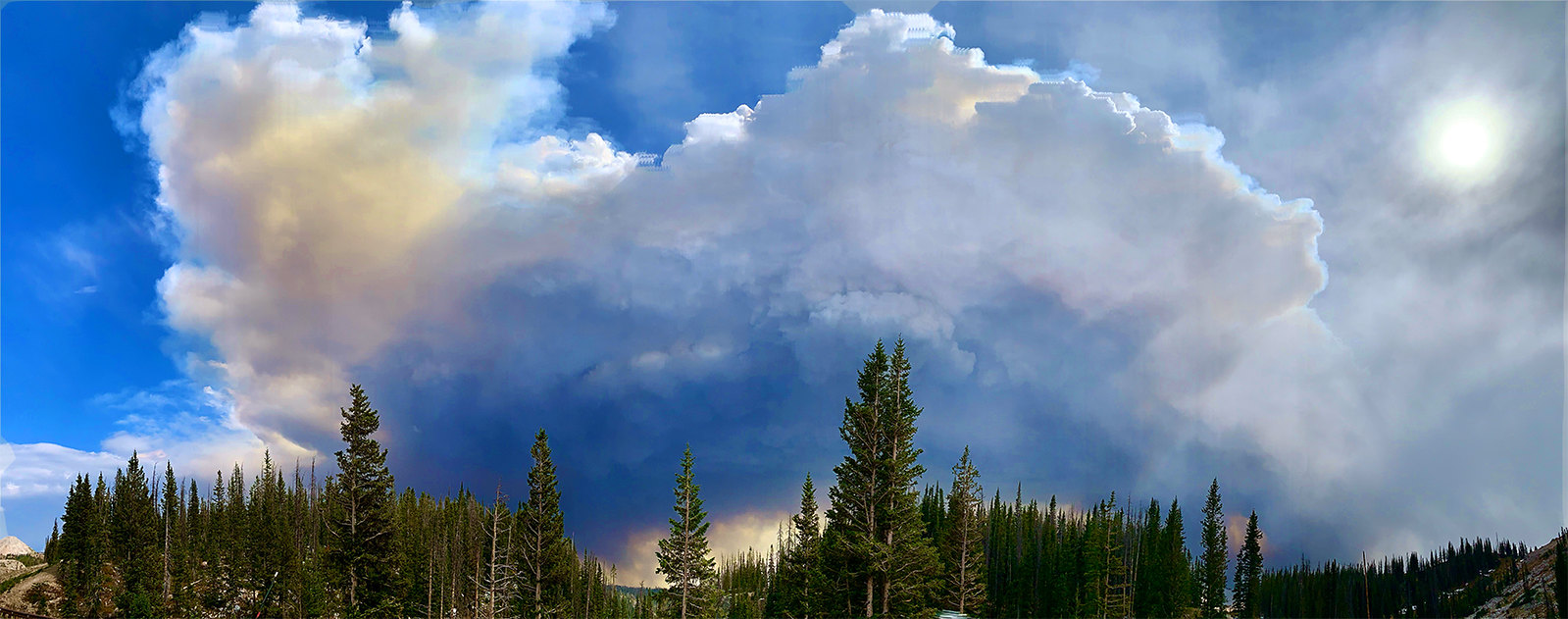
The sky over Medicine Bow-Routt National Forests as the Mullen Fire just begins. Photo © ClarkHarrisinWY
The Mullen Fire, which has spread through more than 147,000 acres of Colorado and Wyoming forest in the past two weeks, reached the southern edge of the main drinking water source for Cheyenne, the Wyoming capital. Protection of Rob Roy Reservoir is a major priority, city officials say.
The wildfire began September 17, feeding on soaring winds and burning through dead timber, bush, and beetle-killed pine in the Medicine Bow-Routt National Forests. Firefighters have worked to slow its progress, yet the fire doubled in size last week. Mandatory evacuation orders are in effect for some Colorado and Wyoming residents.
Rob Roy Reservoir, the first step in Cheyenne’s drinking water system, is at the edge of the burn zone. The city pipes water from the reservoir to Lake Owen, a secondary storage site. After Lake Owen, water makes its way through two more reservoirs before entering the city treatment facility.
Although the facility can treat water polluted by fires, authorities are concerned about erosion at the reservoir, which could damage pipelines and degrade water quality. If sediment or debris is washed into the reservoir, it could trigger problems with the treatment process.
Clint Bassett, the Board of Public Utilities treatment manager, said Cheyenne officials are working closely with the U.S. Forest Service to protect the watersheds, which are west of the city.
“We don’t know the impact of the Mullen Fire at this time, but the location suggests there may be some adverse effects to the city of Cheyenne’s water collection system and water quality,” Bassett said in a news release.
Rob Roy Reservoir isn’t the only water-supply asset under threat during the recent wildfires in the western United States. More than 5 million acres of land has burned this year just in California, Oregon, and Washington, destroying water infrastructure and damaging watersheds.
In California’s Santa Cruz County, the San Lorenzo Valley Water District discovered that more than 7 miles of plastic water pipeline melted in the CZU Lightning Complex Fire in late August. The next month in Oregon, the water treatment plant for the town of Detroit was destroyed in the Lionshead Fire.
Burned land and vegetation leave scars that last for years. They prevent water from fully absorbing into the earth, weaken the watershed, and cause more intense flooding and mudslides. Even a light rainstorm can unleash sediment after a severe wildfire.
Vegetation takes time to grow back. Jason Kean, a research hydrologist at the U.S. Geological Survey’s Landslide Hazard Program, told E&E News that depending on the size and intensity of the fire, it can take two to five years, if not longer, for the watershed to heal.
Fires can also poison drinking water with benzene and other harmful volatile organic chemicals. These contaminants could be released when plastic pipes melt. They could also be sucked into pipes when a water system loses pressure. Some residents of San Lorenzo Valley Water District have been told to not drink the water because of benzene contamination.
A study released earlier this year examined two destructive fires in California: the 2017 Tubbs Fire and the 2018 Camp Fire. The study found that not only do melted plastics and debris contaminate water, but polluted water can then contaminate piping and water supplies by flowing through any undamaged infrastructure.
The federal limit for benzene in drinking water is 5 parts per billion. Some drinking water samples from the Camp Fire came back with more than 2,000 parts per billion. From the Tubbs Fire, more than 40,000.
Elena Bruess writes on the intersection of environment, health, and human rights for Circle of Blue and covers international conflict and water for Circle of Blue’s HotSpots H2O.

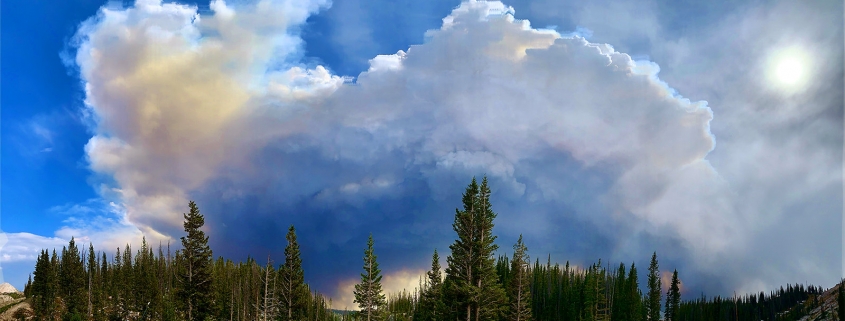

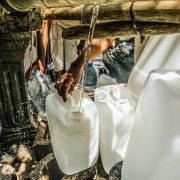

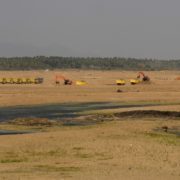
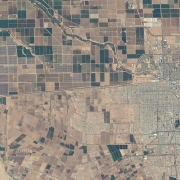
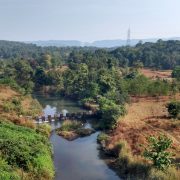


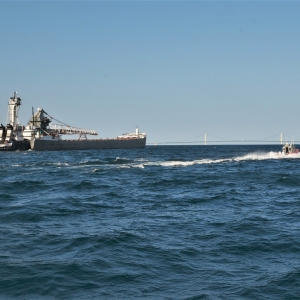

Leave a Reply
Want to join the discussion?Feel free to contribute!